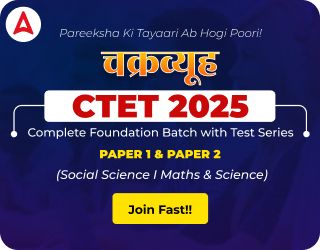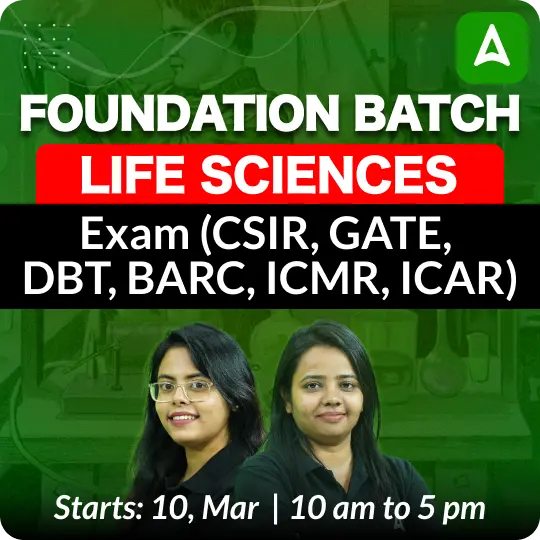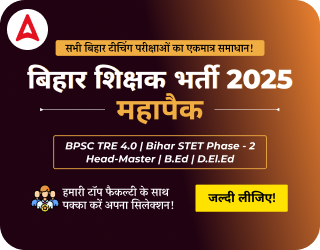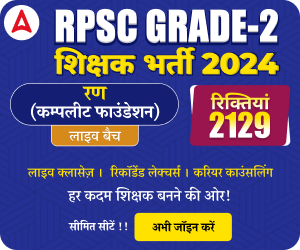Table of Contents
The Department of Biotechnology (DBT) will conduct the Biotechnology Eligibility Test (BET) 2025 on 13th May 2025. Serving as a prestigious gateway for aspiring biotechnologists, BET opens doors to advanced research opportunities in the field. To turn this vision into reality, candidates must ensure thorough preparation well in advance.
While self-study forms the foundation of success, strategic guidance tailored to individual learning styles can significantly enhance performance. This article provides a comprehensive overview of the BET 2025 exam, along with customized preparation strategies to help you crack the test in your very first attempt. Stay tuned for expert insights, syllabus breakdowns, and time management tips to maximize your score!
DBT BET Exam Pattern & Marking Scheme
The DBT BET exam follows a two-part structure testing candidates’ knowledge across the biotechnology domain. Part A consists of 50 compulsory questions (3 marks each) covering General Aptitude, Analytical & Quantitative Ability, and Mathematics, while Part B presents 150 subject-specific questions from which candidates must attempt 50 (3 marks each). Both sections carry a penalty of 1 mark for incorrect answers, emphasizing the need for accurate responses. For clearer understanding, the exam pattern is presented below in a structured table format.
| DBT BET Exam Pattern & Marking Scheme | ||||
| Section | No. of Questions | Questions to Attempt | Marks per Correct Answer | Negative Marking |
| Part A (General Science, Mathematics, Chemistry, General Aptitude, Analytical & Quantitative Ability, General Biotechnology) | 50 | 50 | +3 | -1 |
| Part B (Specific areas of Biotechnology as per syllabus) | 150 | 50 | +3 | -1 |
| Total | 200 | 100 | 300 Marks | Applicable |
Preparation Strategy to Crack DBT BET 2025
There can’t be one strategy to follow as the exam is diversified and asks questions spanning from the brief of General Aptitude and General Biotechnology to the depths of Biotechnology, from Agricultural to Marine Biotechnology. But we can’t leave our future researchers to remain strangled in this deep web, which led us to create something that can give confidence to a novice and motivation to veteran aspirants in the domain. Now, candidates can get into the different preparation strategies prepared separately for both the sections:
Preparation Strategy for Part A:
The Part A section of DBT BET 2025 is designed to assess candidates on their general aptitude and foundational biotechnology knowledge. Since this section includes questions from subjects like General Science, Mathematics, Chemistry, and Analytical Ability, candidates must develop a conceptual understanding along with consistent practice.
- Focus on Core Concepts – Build a strong foundation in General Science, Mathematics, Chemistry, and Biotechnology basics. Prioritize topics like biomolecular structures, thermodynamics, and cell biology to enhance conceptual clarity.
- Strengthen Quantitative Skills – Practice mathematical concepts such as probability, statistics, and quantitative analysis regularly. Focus on problem-solving techniques and shortcut methods to improve speed.
- Develop Logical Reasoning – Dedicate time to comprehension-based questions, pattern recognition, and puzzles. This will improve your analytical thinking and boost your ability to answer aptitude-based questions accurately.
- Practice Timed Mock Tests – Attempt mock tests under exam conditions to enhance your speed and accuracy. This practice will also help you identify weaker areas that need improvement.
- Revise Key Formulas and Concepts – Create a concise list of important formulas, scientific theories, and key principles. Regular revision will help you retain crucial information for the exam.
Preparation Strategy for Part B
Part B demands a deeper understanding of specialized subjects in Biotechnology. As this section covers complex areas such as Molecular Biology, Genetics, and Cell Signaling, candidates should emphasize conceptual clarity and practical application.
- Prioritize Important Topics – Identify high-weightage topics like Molecular Biology, Cell Biology, and Immunology. Focus on understanding core concepts and their practical applications.
- Use Visual Aids for Complex Concepts – Employ flowcharts, diagrams, and mind maps to simplify intricate processes such as DNA replication, cell signaling, and protein synthesis. Visual aids can improve retention and comprehension.
- Strengthen Practical Knowledge – Familiarize yourself with experimental techniques like chromatography, electrophoresis, and spectroscopy. Understanding these methods is crucial for application-based questions.
- Select Your Strong Areas Wisely – Since you need to attempt only 50 out of 150 questions, focus on subjects where you excel. Strengthening your strongest areas will maximize your score potential.
- Practice with DBT BET Previous Year Question Papers – Solve past papers to understand question patterns, topic weightage, and difficulty levels. This will help you develop a strategic approach to tackle complex questions efficiently.




 JKSET Exam Centre List 2025, Check with ...
JKSET Exam Centre List 2025, Check with ...
 Bihar BSEB STET Certificate 2025 Out, Ch...
Bihar BSEB STET Certificate 2025 Out, Ch...
 WISE PhD Fellowship Admission 2025, Elig...
WISE PhD Fellowship Admission 2025, Elig...














